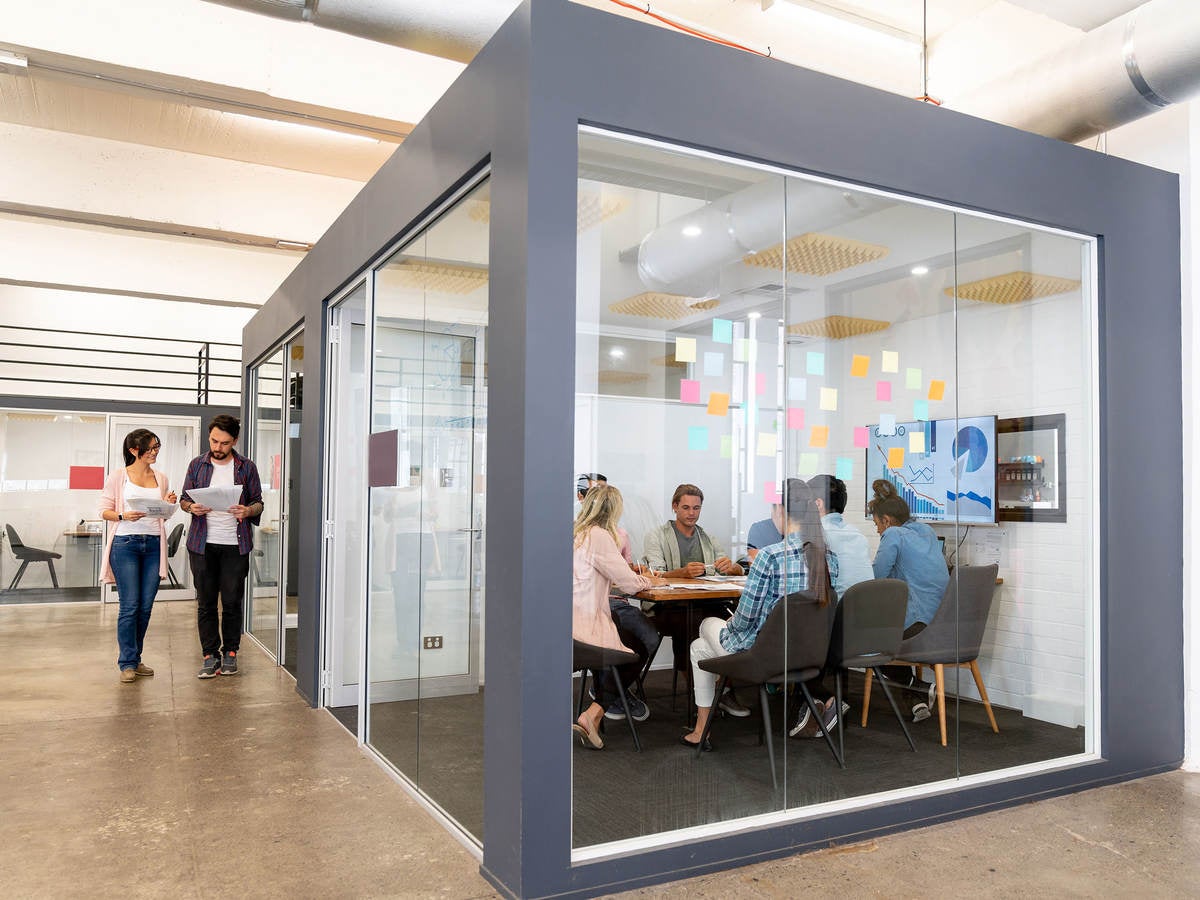October 18, 2019
They call them office pods, office hushes, office booths, room in a room, nonetheless, they serve the same purpose: meet the growing need for small private spaces for individual or small groups in workplaces where the trend is toward more open office spaces, interaction, and sharing.
Manufacturers responded by launching new type of product to meet the market demand. This evolution occurred so quickly that some manufacturers rushed to market, potentially leaving them less time to consider all unseen hazards to the occupants health and safety.
In North America, local authorities want these products evaluated by a Nationally Recognized Testing Laboratory (NRTL) such as UL. There may be some municipalities that may have additional requirements beyond the national codes and the Occupational Safety and Health Administration (OSHA) requirements for safe working environments. Manufacturers must be prepared.
But, what hazards can office pods pose? Hazards are at least on two fronts: safety and health. While we have seen furnishings with walls before, such as a cubicle, including a floor and/or ceiling now creates a totally enclosed environment. These prefabricated rooms —also called pods— and the smaller versions—booths— introduce new hazards that must be considered. For instance, can the walls support the ceiling and any additional load that may be intended? Another concern is a fire hazard. Many of these products include integrated power, charging and electronics. If a fire starts within the room or pod, it either needs to trigger the building sprinkler and alarm system or include its own fire suppression system. Pods include furnishings, composite wood panels, textiles, flooring, etc. that can emit harmful levels of volatile organic compounds (VOCs). How do you help ensure indoor air quality is acceptable for people in and around these pods?
There are certification programs and solutions that help mitigate safety and health risks of office pods:
- UL Safety Certification to UL 962, the Standard for Safety of Household and Commercial Furniture, provides a thorough evaluation to help ensure the POD does not present any fire, shock or casualty hazards.
- The UL GREENGUARD Certification program is the easiest way for architects and designers to identify products with low VOC emissions that contribute to healthier environments.
UL will work with a manufacturer to evaluate their current office pod, identify hazards on safety and health impact for occupants, and offer the most appropriate certification programs. UL’s certifications help manufacturers ensure their office pods contribute to safer and healthier workplaces, and help avoid potential hazards or downtime due to rejections by local authorities.
Products certified under the UL 962 Standard are evaluated for:
- Electrical components to meet safety requirements
- Stability to help ensure pods will not tip or cause injury
- Loading capability to determine that products can hold the intended weight
- Evaluation of products or components to UL 962 Standard
- Determining that the pod is either connected to the building fire system or has its own
Products certified under the UL GREENGUARD program are evaluated for:
- Low chemical emissions to help ensure healthier indoor environments.
Starting with appropriate UL Listed or UL Recognized components helps successful and on-time completion of your UL certification. A list of critical components include:
- Cord and plugs (ELBZ)
- Electrical receptacle systems (IYNC, IYQX2, QAWZ2, XBYS)
- Fabrics (QAXZ2)
- Furnishings (IYNE, IYNG, QAWZ)
- Lighting (IEUT, IEVV, IFAK, IFAO, IFDR)
- Power supplies (EPBU, QQJQ)
- Wiring (AVLV2)
Related category control numbers (CCNs) will facilitate searches in our Product iQ® platform.
Use of UL GREENGUARD Certified products and materials contribute to successful and on-time completion of your office pod. All UL GREENGUARD Certified products and materials can be easily found on: spot.UL.com.

